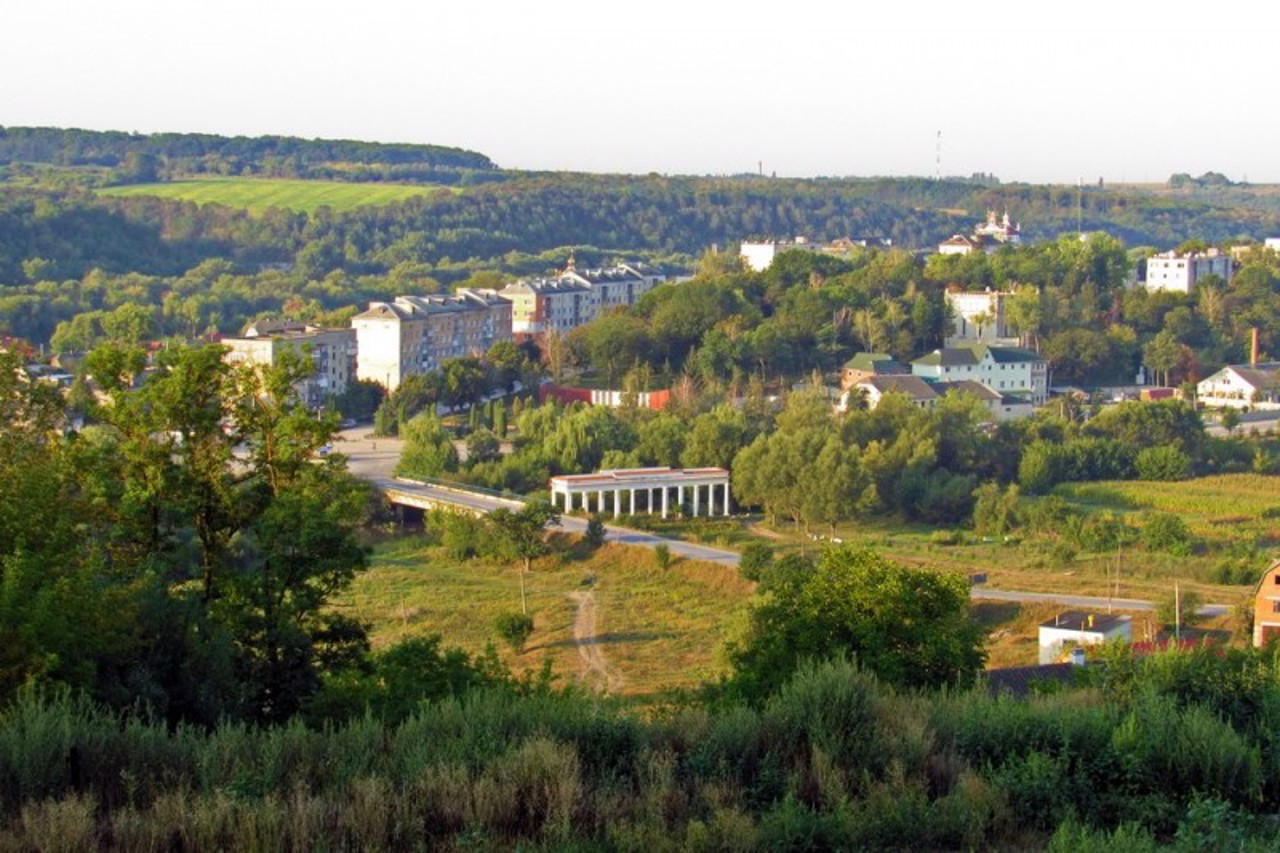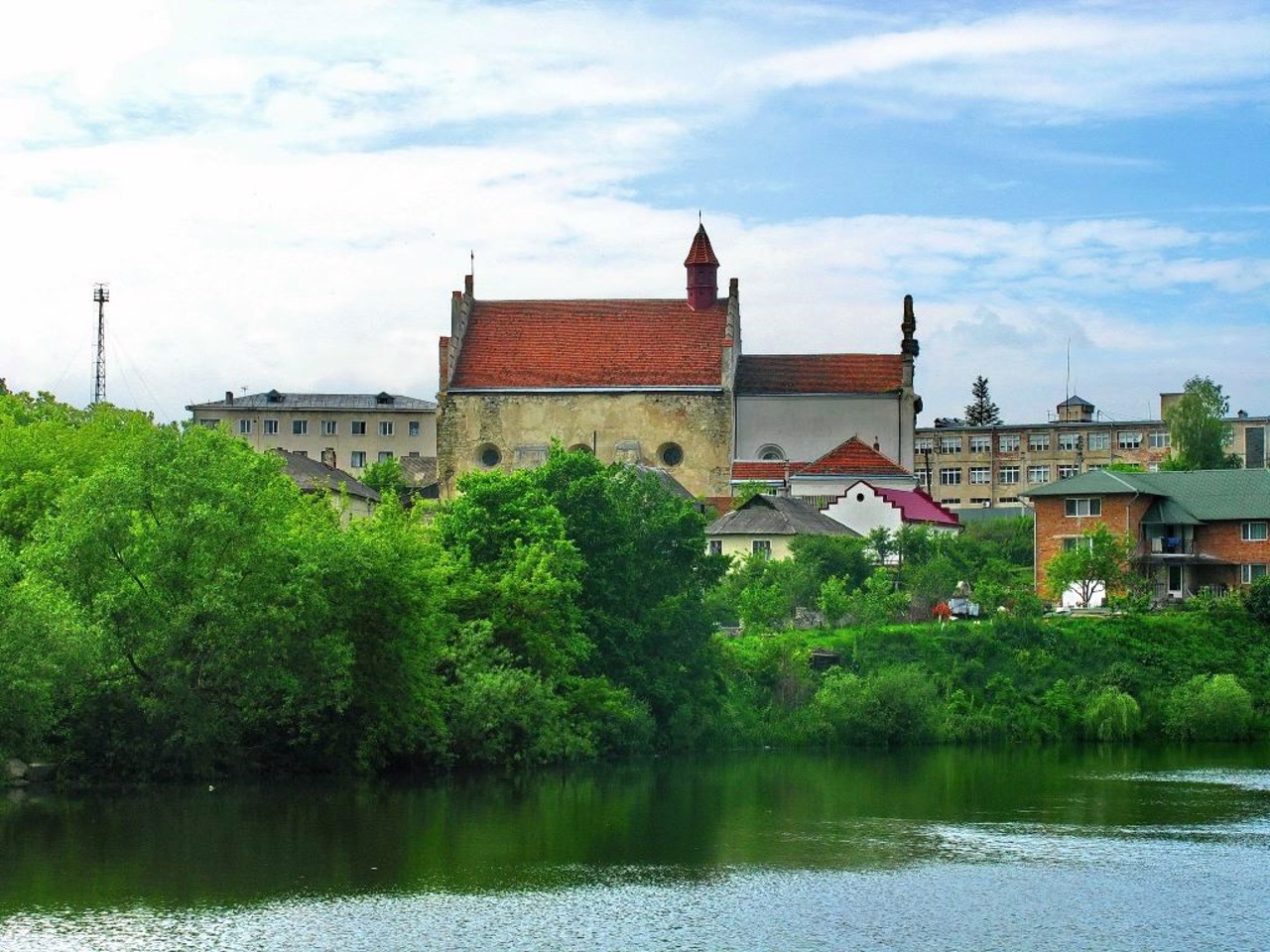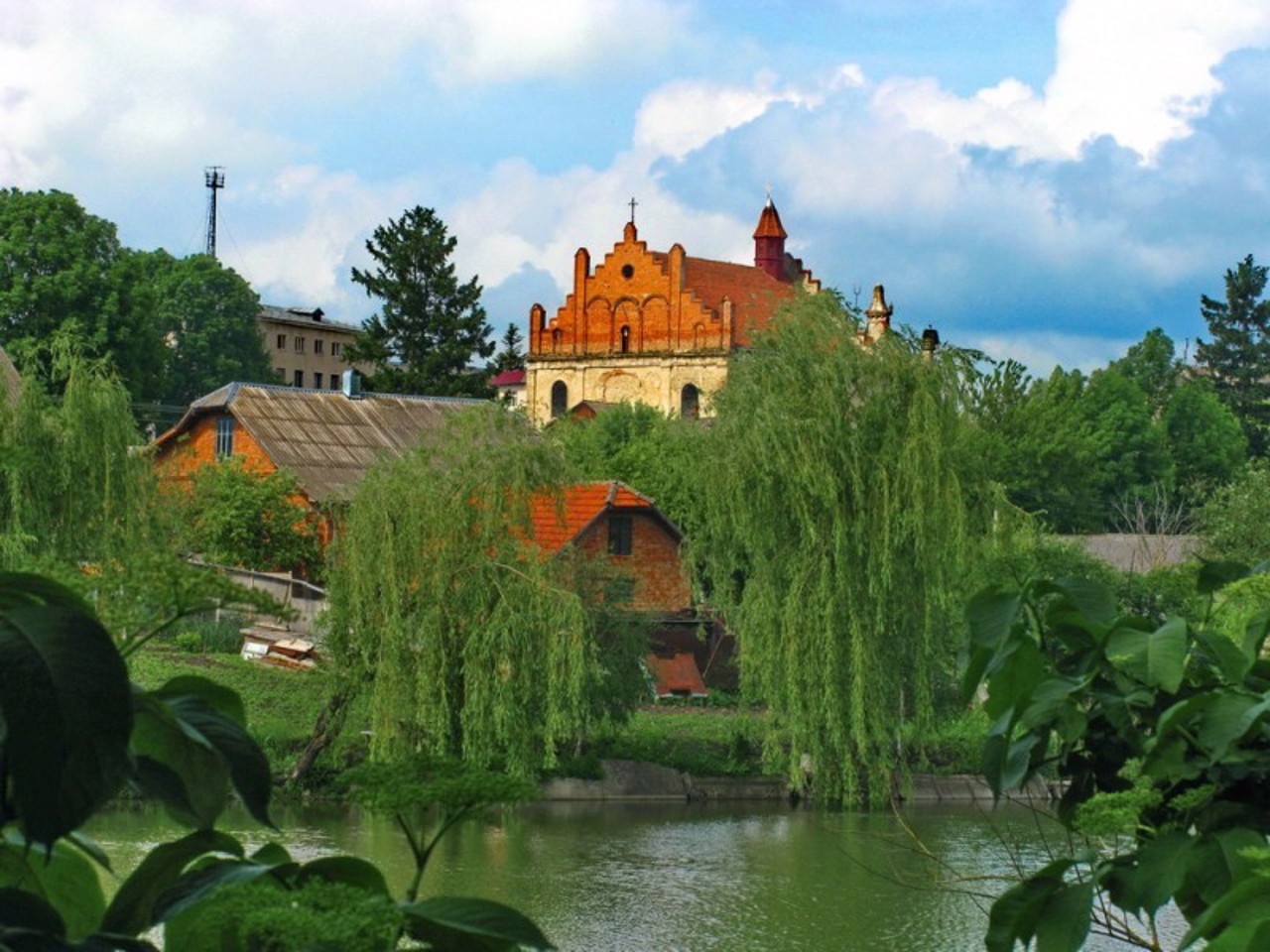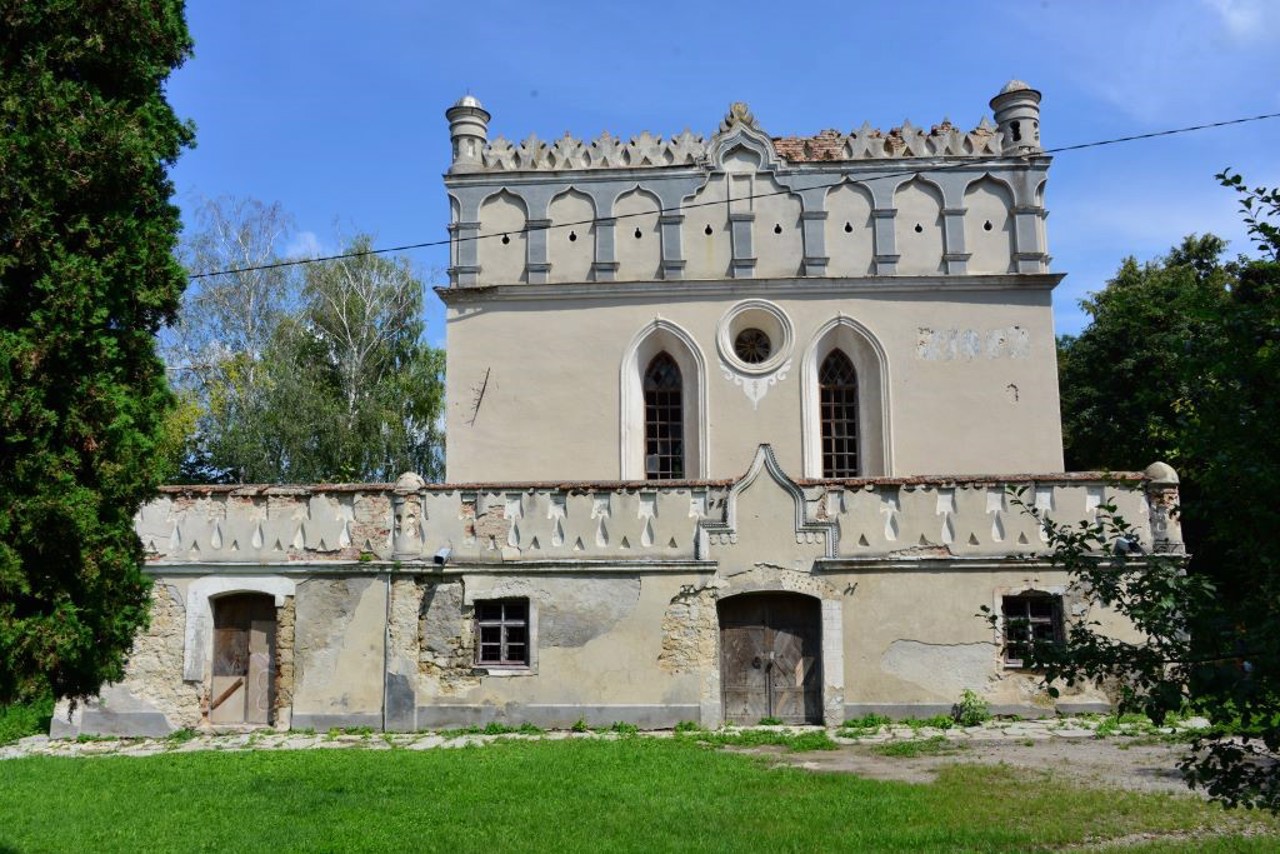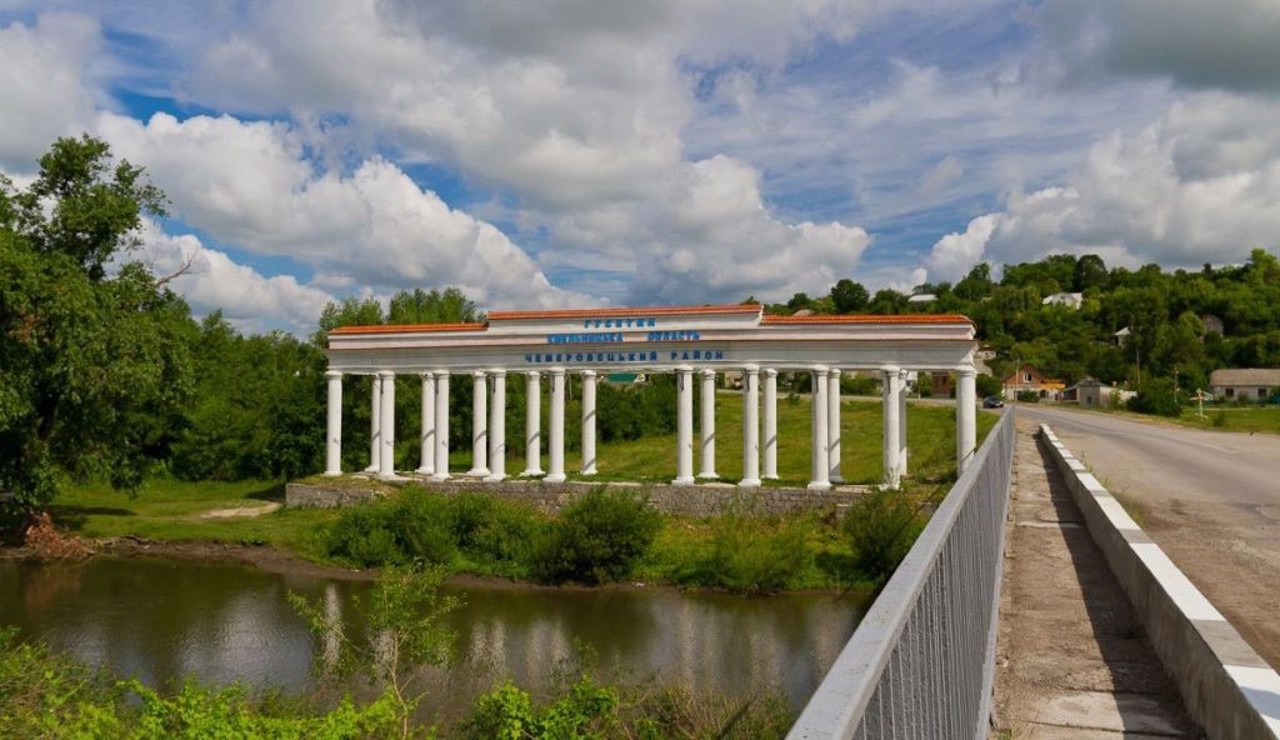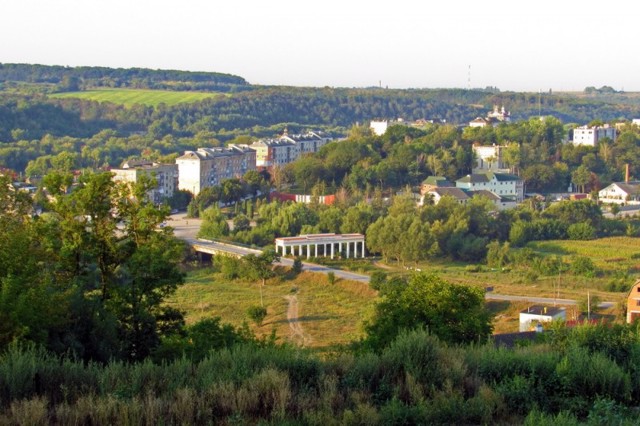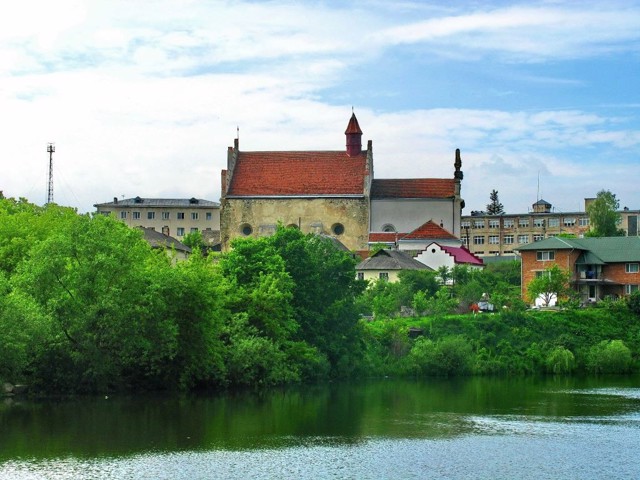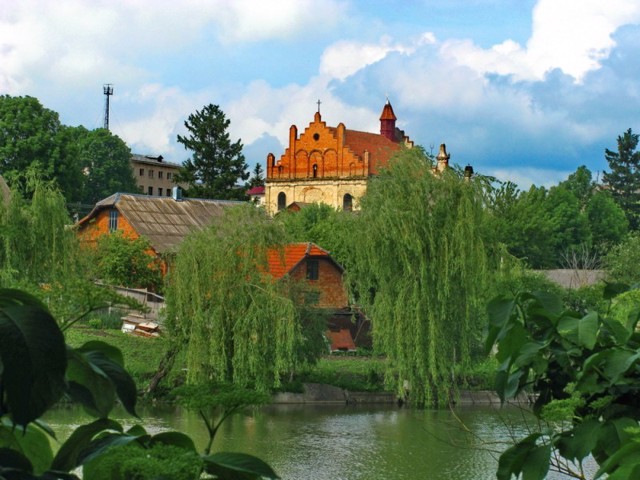Functional temporarily unavailable
General information about Husiatyn
Husiatyn is a town on the banks of the Zbruch River in the Medobory foothills, between Chortkiv and Horodok.
It was first mentioned in 1159 (according to other data in 1431). According to legend, it was founded by a settler named Us; it was called Usiatyn, Vsiatyn .
In 1455, Husiatyn received Magdeburg law. Podillia voivode Yan Sverch built a defensive fortress in the 15th century to protect against the Tatars (it has not been preserved). In 1594, Severyn Nalyvayko, a native of Husiatyn, at the head of a detachment of rebel Cossacks, looted and burned his hometown to avenge the death of his father (a monument was erected).
Mo ...
Husiatyn is a town on the banks of the Zbruch River in the Medobory foothills, between Chortkiv and Horodok.
It was first mentioned in 1159 (according to other data in 1431). According to legend, it was founded by a settler named Us; it was called Usiatyn, Vsiatyn .
In 1455, Husiatyn received Magdeburg law. Podillia voivode Yan Sverch built a defensive fortress in the 15th century to protect against the Tatars (it has not been preserved). In 1594, Severyn Nalyvayko, a native of Husiatyn, at the head of a detachment of rebel Cossacks, looted and burned his hometown to avenge the death of his father (a monument was erected).
Most of the architectural monuments date back to the 16th and 17th centuries, when the city was owned by the Kalinovsky nobles. In 1610, they built the parish church of the Nativity of the Virgin Mary with the Bernardine monastery, which could be a decoration of the city now, if it were not for the oppressive state. A defensive synagogue in the Gothic-Moorish style was built a little earlier (until recently it was a local history museum). Church of Saint Onuphrius (XVI century) also had defensive significance, defensive walls have been preserved.
For more than a quarter of a century (1672-1699), Husiatyn was under Turkish rule. In 1793, the city was divided along Zbruch into the western (Austro-Hungarian) and eastern (Russian) parts. Later, the border between Poland and the USSR passed here. This division has been preserved to this day - the historic center of the village is located on a kilometer-long cape in the Ternopil region, and the left-bank part is a separate village in the Khmelnytskyi region.
Гусятин - селище на березі річки Збруч в передгір'ї Медоборів, між Чортковом і Городком.
Вперше згадується в 1159 році (за іншими даними в 1431 році). За легендою, засноване поселенцем на ім'я Ус; називалося Усятин, Всятин.
В 1455 році Гусятин отримав Магдебурзьке право. Подільський воєвода Ян Сверч побудував в XV сторіччі оборонну фортецю для захисту від татар (не збереглася). В 1594 році уродженець Гусятина Северин Наливайко на чолі загону повсталих козаків розграбував і спалив своє рідне місто, щоб помститися за смерть батька (встановлено пам'ятник).
Більшість архітектурних пам'яток відноситься до XVI-XVII ...
Гусятин - селище на березі річки Збруч в передгір'ї Медоборів, між Чортковом і Городком.
Вперше згадується в 1159 році (за іншими даними в 1431 році). За легендою, засноване поселенцем на ім'я Ус; називалося Усятин, Всятин.
В 1455 році Гусятин отримав Магдебурзьке право. Подільський воєвода Ян Сверч побудував в XV сторіччі оборонну фортецю для захисту від татар (не збереглася). В 1594 році уродженець Гусятина Северин Наливайко на чолі загону повсталих козаків розграбував і спалив своє рідне місто, щоб помститися за смерть батька (встановлено пам'ятник).
Більшість архітектурних пам'яток відноситься до XVI-XVII століття, коли містом володіли шляхтичі Калиновські. В 1610 році вони збудували парафіяльний костел Різдва Діви Марії з монастирем Бернардинів, який міг би бути зараз прикрасою міста, якби не гнітючий стан. Трохи раніше була побудована оборонна синагога в готико-мавританському стилі (до останнього часу - краєзнавчий музей). Онуфріївська церква (XVI століття) також мала оборонне значення, збереглися оборонні стіни.
Понад чверть століття (1672-1699 роки) Гусятин перебував під владою Туреччини. У 1793 році місто було поділене по Збручу на західну (австро-угорську) і східну (російську) частину. Пізніше тут проходив кордон між Польщею і СРСР. Цей поділ зберігся і понині - історичний центр селища розташований на кілометровому мисі в Тернопільській області, а лівобережна частина є окремим селом Хмельницької області.
Сплануй своє перебування у Husiatyn
What to see and where to go in Husiatyn
Tourist attractions and museums of Husiatyn
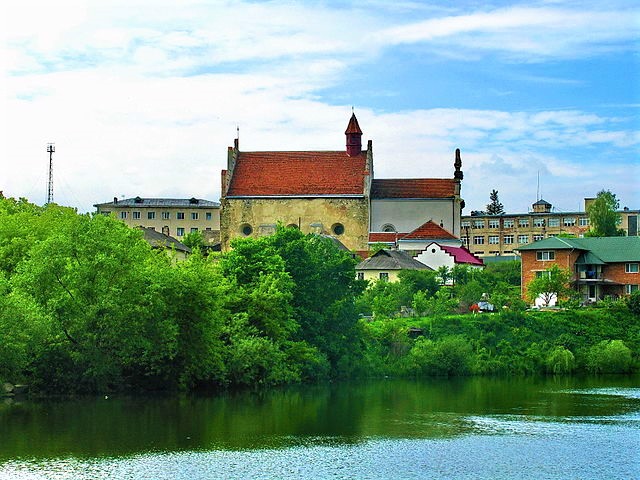
Bernardine Church
Temple , Architecture
The Bernardine church and monastery was founded in Husiatyn in 1610 by the Polish magnate Valentiy Oleksandr Kalynovskyi, who handed over the first wooden church to the Bernardine brothers.
10 years later, the future Crown Hetman Martyn Kalynovskyi started the construction of a baroque stone church and a two-story monastery building. In 1648, the monastery was destroyed by the Tatars. It began to be restored after the liberation of the city from Turkish rule, and was completed only in 1728.
Under the Austrians, the church became a parish church, and under the Soviet authorities it was closed. The revival began in 1991 with the efforts of the Franciscan brothers. Currently, it is the Catholic Church of the Nativity of the Blessed Virgin Mary, the building needs restoration.
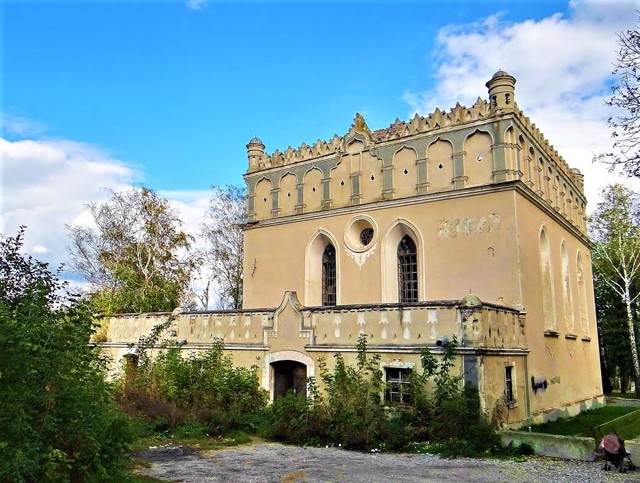
Defense Synagogue
Architecture , Temple
The defensive synagogue in the Gothic-Moorish style is located on a hill in the oldest part of Husiatyn.
It was built in the 16th century, when there was a significant Hasidic Jewish community in the city. Initially, the building had a pronounced defensive character, but in many respects it lost it after the reconstruction of the 17th century. Gun loopholes have been preserved in the walls of the first tier.
During the Second World War, the building was badly damaged. Later, the synagogue was restored, placing a local lore museum in its premises. Later, the museum was moved to another building, the synagogue building is falling into disrepair.
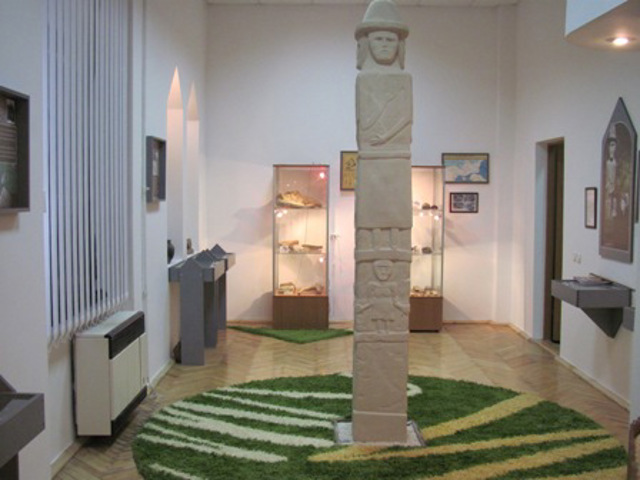
Husiatyn Local Lore Museum
Museum / gallery
Husiatyn Museum of Local Lore was founded in 1979. Until 2006, the exhibition was housed in an ancient synagogue building.
The museum has more than 16,000 exhibits: animal bones, stone and bronze tools, pottery, antique embroidery and more. In one of the halls there is an exposition of the settlement-sanctuary Bohit, which was part of the "Zbruch cult center" (village Horodnytsia). A copy of the famous Zbruchansky idol is presented.
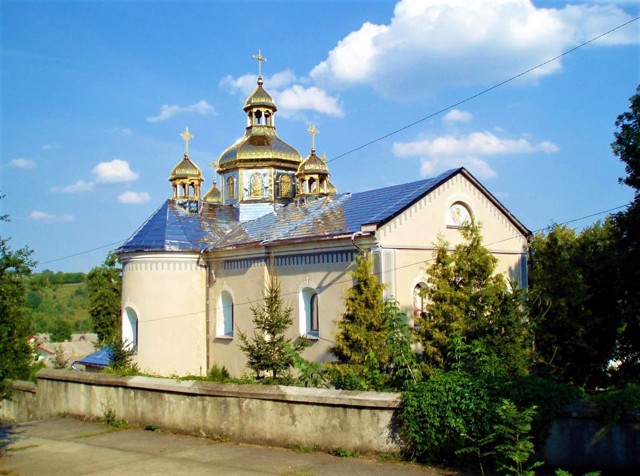
Saint Onuphrius Church
Temple , Architecture
The Church of Saint Onuphrius in Husiatyn was built in the 16th century, when the defense system of the medieval city was being formed, which also included a castle and a synagogue.
Together with the church, they formed a fortified triangle with the town hall square inside. The thickness of the walls of the temple reaches 2.2 meters. The upper battle tier has not been preserved. It was probably a wooden gallery around the perimeter of the tower. The walls around the temple have been preserved.
During the Turkish rule of 1672-1683, the Saint Onuphrius Church was rebuilt into a mosque.
Today it is an active Greek Catholic church.
Reviews Husiatyn
Geographical information about Husiatyn
| {{itemKey}} | {{itemValue}} |
|---|---|
| Region |
Ternopil |
